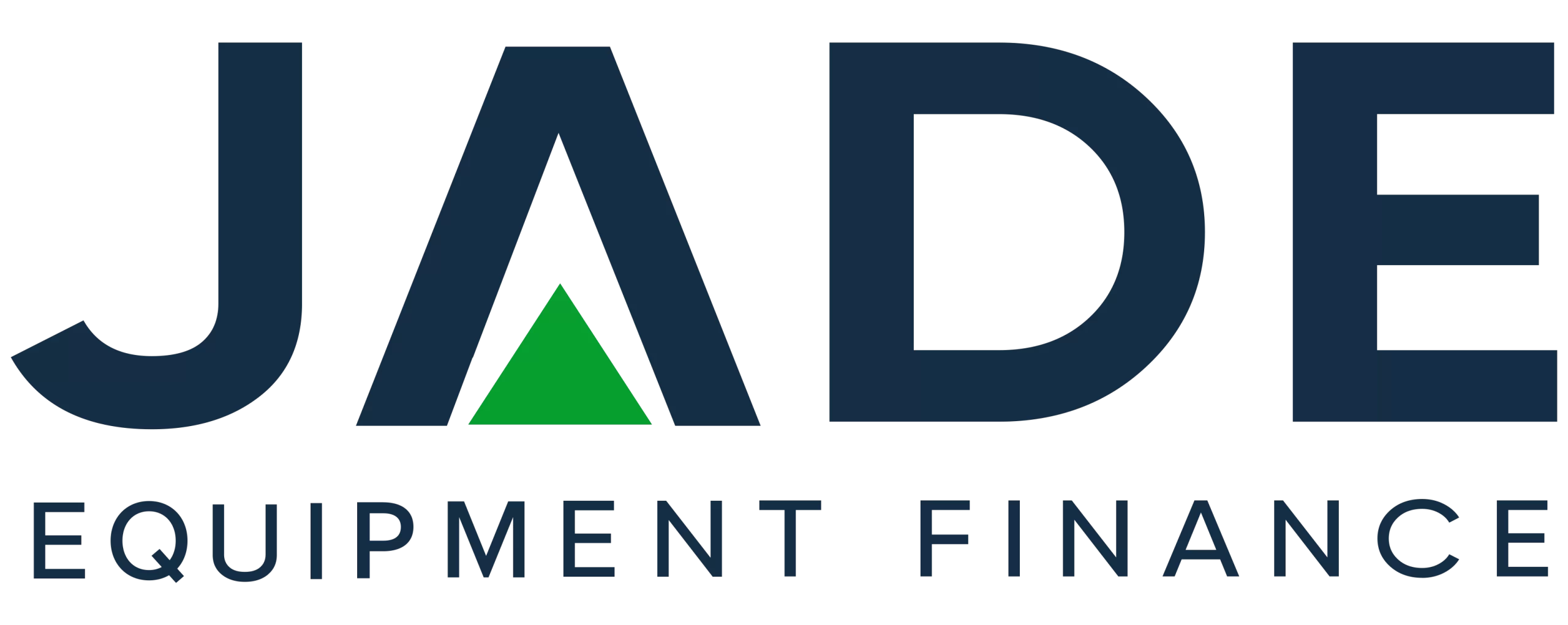Making decisions around major plant and equipment acquisitions with machinery finance can be a thorough process for owners of all sized business operations. With the current economic conditions of inflation, high costs, rising interest rates and tightness in the labour market, many factors may need to be considered in making those critical investment decisions.
Astute operators can make use of assistance and guidance from respected sources and utilise the many resources and data as available to gauge their business prospects moving forward. Prospects which may raise the need for upgrading in new equipment and may determine the requirements for the machinery finance.
With Australia experiencing extremely low rates of unemployment, many businesses are finding it hard to fill roles and as such, operate to capacity. Staying across the Labour Force Survey reports and Employment Data as released by the Australian Bureau of Statistics (ABS) may provide insights into the prospects for the business in regard to filling jobs vacancies and the need for machinery.
Latest ABS Employment Reports
The ABS released the latest monthly Labour Force Survey on 15 December. This report covers estimates of unemployment, participation rates and hours worked in the survey period. The report just released reveals the unemployment rate in Australia is steady and unchanged at 3.5% and seasonally adjusted at 3.4%.
The participation rate rose by 0.2% and returned to a record high of 66.8% in the period. The previous high was in June this year. Mr Bjorn Jarvis from the ABS said that this record rate shows the continuing tightness in the labour market.
On a seasonally adjusted basis, the employment rate increased by 0.5%. Mr Jarvis said that hours worked are well higher that the rates recorded prior to the pandemic. But despite these strong figures, there was higher numbers of reduced hours as a result of illness. No doubt this could in line with the latest wave of COVID-19 which saw a spike in cases over recent weeks.
The net employment growth has primarily been in regard to full-time work. The percentage of people employed full-time had been trending down for some time up to 2017. Just before the pandemic the figure was 68.3%. Mr Jarvis notes that in the latest survey that figure has risen to 69.7%. This is close to the figures recorded around 10 years ago.
In addition to the general employment and labour force data, the ABS regularly provides reports on labour statistics for specific industries. For example, on 21 December the quarterly labour statistics for the tourism industry are due for release. Also due this week is the Jobs Australia report which provides information on not only the number of jobs that are filled but the nature of those roles and the employers and the people.
The ABS can be a great source of data for both employment statistics and other key indicators including inflation, spending, construction activity and many other areas. This information may be of assistance to business operators in developing plans for their operation.
Utilising the Data
So how could a business utilise say the latest employment data? That will of course depend on the specific nature of a business, the industry, region and many other considerations. But in let’s say general terms, the trends in unemployment may provide insights into prospects for filling those jobs that are current vacant. This may be major reasons to invest in more efficient machinery to address the lower staff numbers or if the prospects are good, possibly expand the fleet with the intention of hiring more staff moving forward.
More efficient machinery can improve productivity, meaning greater output in less time or possibly with less staff. Machinery manufacturers pay a lot of attention to increased efficiency in the design of new models.
With the tightness in the labour market continuing, if that means dealing with operating below capacity for a longer time, there may be a need to cut costs. That may be achieved through investing in more fuel efficient machinery or upgrading machines which spend more time in the workshop than in the field or on site.
Machinery Finance Update and Options
With the decision to invest in new equipment usually comes the need for machinery finance. To complement the intended productivity and efficiency gains from the equipment, the finance must also be cost-effective and deliver for the business.
Individually structured machinery finance to meet specific business needs can be key to ensure upgrading equipment is cost-effective and delivers on objectives. Business owners can utilise our readily available broker-style lender services to individually source the cheapest finance and structure the loan to meet the specific needs of the business.
The interest rate is the key determinant of the overall cost of the finance and sourcing the cheapest rate is essential to the cost-effectiveness of the loan and the overall cost of the equipment investment. But the finance term must also be negotiated to ensure the monthly finance repayment works with cash flow.
To assist with the planning phases for new machinery acquisitions, we assist businesses with pre-approved finance, quotes and options for the most appropriate finance solutions to meet their objectives.
Referring to statistics and data can be extremely useful but having the personalised attention and services from our experts can be invaluable.
For workable machinery finance contact Jade Equipment Finance on 1300 000 003
DISCLAIMER: IF MISINTERPRETATIONS, MISREPRESENTATION OR ERRORS EXIST IN THIS ARTICLE, NO LIABILITY IS ACCEPTED. THE INFORMATION IS PROVIDED ONLY FOR GENERAL PURPOSES AND NOT IN ANY MANNER INTENDED AS THE ONLY SOURCE FOR MAKING FINANCIAL DECISIONS. THOSE THAT CONSIDER THEY REQUIRE ADDITIONAL GUIDANCE OR ADVICE SHOULD REFER TO AN INDEPENDENT FINANCIAL ADVISOR.


